Cloud Security Services Best Practices for 2025
- Nitin Yadav
- Knowledge
About

Secure your cloud in 2025 with top services, Zero Trust, DevSecOps, and best practices across AWS, Azure, and GCP.
Industries
- FinOps tools, Kubernetes cost tools, Multi-cloud budgeting
Share Via
Introduction
Cloud computing is at the heart of modern business infrastructure. Yet, great flexibility comes with an expanding set of security challenges. By 2025, securing cloud infrastructure at scale in multi-cloud and hybrid environments isn’t optional; it’s mission-critical.
Cloud security threats are increasingly advanced and frequent from data breaches and misconfigurations to sophisticated supply chain attacks. This guide walks you through the top cloud security services and best practices for 2025, enabling you to secure your applications, data, and workloads in AWS, Azure, GCP, and more.
A Modern Approach to Cloud Security in 2025
Cloud-native development, rapid deployment cycles, and distributed teams have transformed how infrastructure is built and secured. The perimeter-based security model is no longer viable. Organizations must adopt a Zero Trust, identity-first, and policy-driven security posture.
Several trends fueling this evolution include:
- Complexity from multi-cloud and hybrid architectures.
- Continuous deployment and Infrastructure as Code (IaC), increasing the risk of misconfigurations.
- Increasing compliance requirements (SOC 2, HIPAA, GDPR, PCI DSS).
- The shared responsibility model, where cloud providers secure the platform, but organizations are responsible for securing data, access, and configurations.
Security cannot be an afterthought; it needs to be embedded in every layer of the cloud stack.
The Essential Workings of Cloud Security
Before exploring tools and techniques, we need to lay the foundations of a secure cloud environment.
Identity and Access Management (IAM)
- Manage access to cloud resources and their associated permissions.
- Implement least privilege access, multi-factor authentication (MFA), and federated identity management.
Network Security
- Defend VPCs, subnets, firewalls, and gateways.
- Utilize segmentation and isolation to limit lateral movement.
Data Protection
- Encrypt data at rest and in transit.
- Use secure secret management systems.
- Regularly audit sensitive data access.
Security Operations (SOC)
- Monitor for malicious behavior, anomalies, and unauthorized activities using AI-powered threat detection tools.
Compliance and Governance
- Implement policy enforcement, audits, and reporting to ensure regulatory compliance.
Shift-Left Security and DevSecOps
- Integrate security checks into CI/CD pipelines, IaC templates, and application code to identify issues early.
Best Cloud Security Services for 2025
Each major cloud provider offers native security tools, alongside best-of-breed third-party solutions that enhance visibility, automation, and protection across environments.
AWS Security Services
- AWS IAM & Organizations – Fine-grained access control.
- AWS GuardDuty – Passive threat detection using logs and machine learning.
- AWS Security Hub – Centralized visibility into security risks.
- AWS Config – Monitors configuration changes for compliance.
- AWS Shield & WAF – Protects against DDoS attacks and malicious traffic.
Azure Security Services
- Azure AD – Identity and Access Management with SSO & MFA.
- Microsoft Defender for Cloud – Unified security management and threat protection.
- Azure Key Vault – Secure secrets, certificates, and encryption keys.
- Azure Policy – Policy-as-code for compliance enforcement.
- Azure Security Center – Security posture management and compliance reporting.
Google Cloud Security Services
- Security Command Center – Threat detection, risk assessment, and compliance management.
- Cloud Armor – Web application firewall and DDoS protection.
- Confidential Computing – Protects data in use.
- VPC Service Controls – Isolates databases and minimizes data exfiltration risk.
Third-Party Multi-Cloud Security Platforms
- Palo Alto Prisma Cloud – Workload protection, IaC scanning, and runtime security.
- Wiz – Agentless visibility of security risks and misconfigurations.
- Lacework – Behavior-based threat detection for containers and multi-cloud environments.
- Check Point CloudGuard – Unified security posture across cloud services with policy automation.
Cloud Security Best Practices in 2025
Tools are essential, but their effectiveness depends on implementation. Below are key best practices:
1. Implement the Principle of Least Privilege
- Restrict permissions for users, roles, and services to the minimum required.
- Use IAM policies to limit access and reduce risk exposure.
2. Enable Multi-Factor Authentication (MFA)
- Enforce MFA for all user accounts, especially for privileged/admin roles.
3. Encrypt Everything
- Encrypt data at rest (AES-256) and in transit (TLS).
- Use services like AWS KMS or Azure Key Vault to store and rotate encryption keys securely.
4. Scan Infrastructure as Code (IaC)
- Use Checkov, tfsec, or Prisma Cloud to scan IaC templates before deployment.
5. Collect Logs and Events Continuously
- Enable logging in CloudTrail, Stackdriver, and Azure Monitor.
- Send logs to SIEM or XDR platforms for real-time monitoring.
6. Apply Runtime Protection
- Monitor running containers, VMs, and functions for suspicious behavior using workload protection platforms (CWPP).
7. Automate Compliance Checks
- Implement security validation in CI/CD pipelines with policy-as-code tools like OPA and AWS Config rules.
8. Network Segmentation for Workload Isolation
- Use VPCs, subnets, and firewalls to segment networks.
9. Patch and Scan Regularly
- Automate patching of base images, OS, and dependencies.
- Use vulnerability scanners like Nessus, Clair, or Trivy.
10. Adopt Zero Trust Architecture
- Never trust, always verify. Enforce strong identity verification and least privilege access.
Cloud Compliance and Governance
As regulatory pressure increases, cloud security must align with compliance standards like SOC 2, ISO 27001, HIPAA, PCI DSS, and GDPR. Cloud-native services like AWS Config, Azure Policy, and GCP Security Command Center help automate compliance enforcement.
About SquareOps
We specialize in building and scaling secure, compliant, and automated cloud environments. Whether you are a greenfield company or looking to enhance security maturity, our team provides hands-on experience across AWS, Azure, and GCP.
Cloud Security Services We Offer:
- Security Posture Assessments – Identify misconfigurations and compliance gaps.
- DevSecOps Integration – Harden CI/CD pipelines and IaC workflows.
- Identity and Access Reviews – Audit privileged IAM roles and policies.
- Security Monitoring Automation – Deploy tools like GuardDuty, Wiz, or Prisma Cloud.
- Compliance Enablement – Policy-as-code, cloud-native logging, and custom dashboards for SOC 2, HIPAA, ISO 27001.
We don’t just secure your cloud we future-proof it.
Conclusion
Cloud security is a continuous journey. As cloud environments become more distributed and complex, a layered security strategy, automated threat mitigation, and a DevSecOps approach are essential to staying ahead of evolving threats.
The right mix of cloud-native services, third-party tools, and best practices can protect your infrastructure, data, and users in 2025 and beyond.
Do you want to secure your cloud the right way? Contact SquareOps today!
Frequently asked questions
Cloud security is the set of guidelines, tools, and technologies to protect cloud environments from cyber threats. As we move into 2025, with the cloud-native adoption and increase in data breaches it becomes increasingly important to secure infrastructure, applications, and data in multi-cloud platforms.
Cloud security operates under a shared responsibility model. AWS, Azure, and GCP, for example, secure the infrastructure, while customers must secure data, access, configurations, and applications.
Some popular tools include AWS GuardDuty, AWS Security Hub, Azure Defender, Azure Key Vault, Google Security Command Center, and Cloud Armor. For multi-cloud environments — Prisma Cloud, Wiz and Orca Security are commonly used.
Some of the key practices are enforce least privilege access, use of MFA, encrypting data, scanning IaC templates, applying patch management, isolating workloads, and integrating security to CI/CD pipelines.
DevSecOps integrates security into dev and deployment flows. Using automation, policy-as-code, and security scans in CI/CD pipelines, it facilitates early identification of vulnerabilities in code, containers, and infrastructure.
The data is converted to an unreadable format, hence preventing it from getting into the wrong hands. In cloud, ensure that data is encrypted at rest (e.g., using AWS KMS) and in transit (e.g., encrypted using TLS) to maintain the confidentiality of the data and compliance.
This model is known as Zero Trust, which means you never trust a user, or system by default, whether they are inside your network or not. It enforces strong identity verification with continuous monitoring and least privilege access in order to limit breach risk.
To automate audits, enforce policies, maintain logs, and align with standards like SOC 2, HIPAA, and ISO 27001, organizations can leverage tools like AWS Config, Azure Policy, and GCP’s Security Command Center.
Finally, cloud security is not a static component that must be reviewed periodically. At a minimum, you should review IAM roles, policies, alerts, and scan reports on a monthly basis. Automation can also identify issues in real time.
SquareOps offers comprehensive cloud security services to encompass posture assessments, DevSecOps enablement, IAM audits, compliance enablement and cloud-native tool implementation for AWS, Azure and GCP.
Related Posts
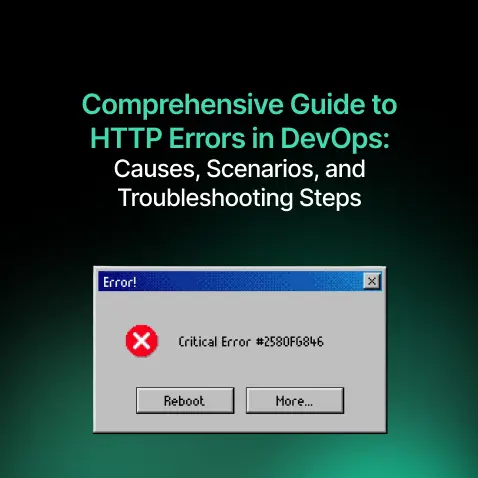
Comprehensive Guide to HTTP Errors in DevOps: Causes, Scenarios, and Troubleshooting Steps
- Blog

Trivy: The Ultimate Open-Source Tool for Container Vulnerability Scanning and SBOM Generation
- Blog
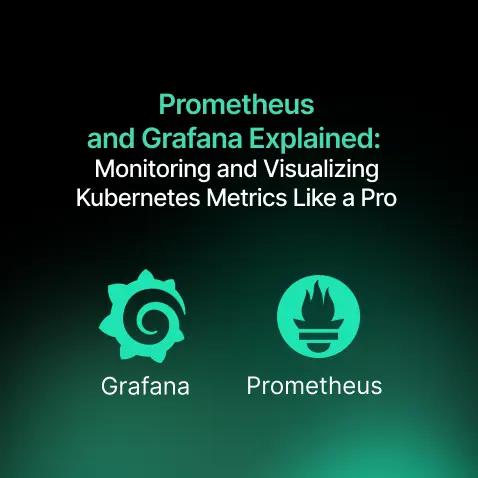
Prometheus and Grafana Explained: Monitoring and Visualizing Kubernetes Metrics Like a Pro
- Blog
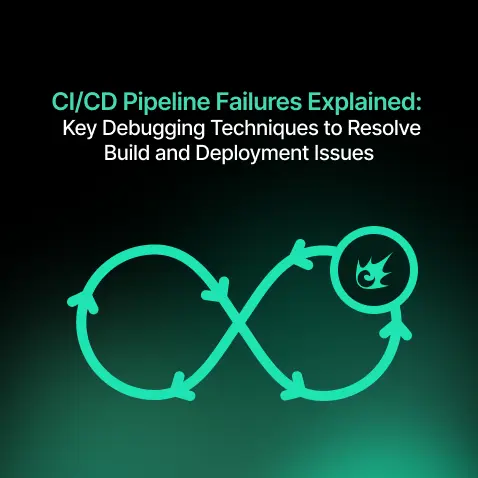
CI/CD Pipeline Failures Explained: Key Debugging Techniques to Resolve Build and Deployment Issues
- Blog
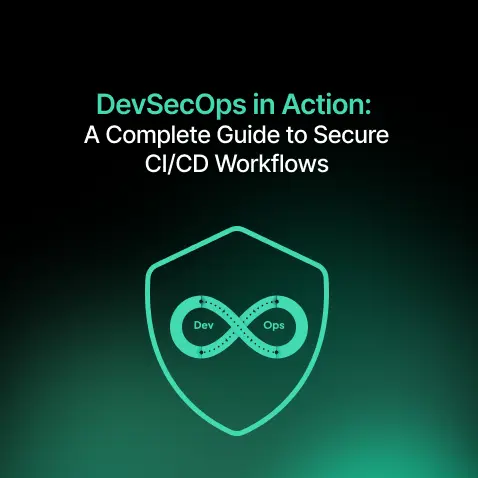
DevSecOps in Action: A Complete Guide to Secure CI/CD Workflows
- Blog
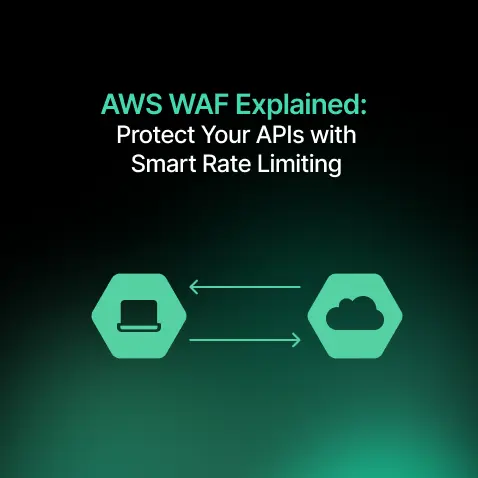
AWS WAF Explained: Protect Your APIs with Smart Rate Limiting
- Blog

